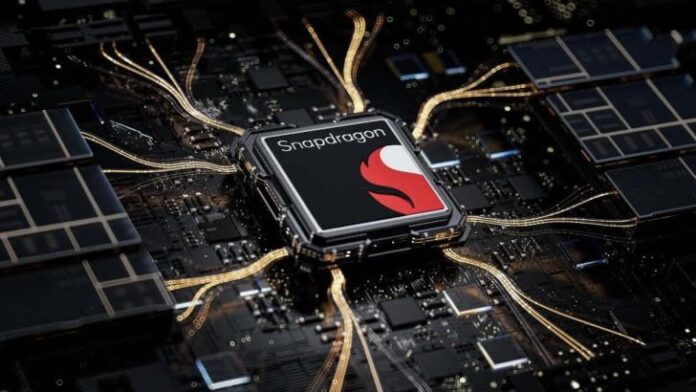
The Snapdragon 8 Gen 3 is said to be a step behind the A17 Pro as it is reportedly mass produced on TSMC’s N4P process instead of the Taiwanese’s next-generation 3nm process. Regardless of this difference, one rumor claims that Qualcomm’s upcoming flagship silicon is 30 percent more efficient than what Apple has outfitted in the iPhone 15 Pro and iPhone 15 Pro Max this year, but consuming less power can often mean compromising on performance.
Peak GPU performance of the Snapdragon 8 Gen 3 is rumored to be higher than the A17 Pro
Only recently, it was reported that the Snapdragon 8 Gen 3 might not have been exceptionally faster than the Snapdragon 8 Gen 2 in AnTuTu, managing only a 15 percent lead, but the GPU test revealed an impressive 40 percent difference. The large gap can only mean that the A17 Pro may have a tough time competing with the upcoming SoC, particularly in real-world graphics and stress tests. However, Revegnus also points out that the Snapdragon 8 Gen 3 will be 30 percent more power efficient than the A17 Pro.
While he does not mention where he got this information from, we have seen in multiple testhatere the Snapdragon 8 Gen 2 has beaten the A16 Bionic quite comprehensively. This year, the tipster claims that the GPU performance gap will also widen, with the Snapdragon 8 Gen 3’s Adreno 750 graphics processor said to bring a 60 percent difference to the table against the A17 Pro. Unfortunately, these details are ambiguous because it does not mention if the Snapdragon 8 Gen 3 will obtain this lead in pure rasterization, ray tracing, or both.
Update: Snapdragon 8 Gen 3 boasts a 30% better power efficiency compared to the A17 Pro.
The performance gap in GB6 multi-core benchmark scores between Snapdragon and Apple Silicon is narrowing, and the Snapdragon 8 series GPU's peak performance surpasses Apple's. In 2022, there…
— Revegnus (@Tech_Reve) October 7, 2023
This year, Apple has marketed that its A17 Pro has four times faster ray tracing performance than the A16 Bionic, so it will be interesting to see how the Snapdragon 8 Gen 3 fares in this area. Also, on the subject of power efficiency, Qualcomm may have gimped the CPU performance of its upcoming SoC to gain an edge in battery life, as raising the clock speeds on the performance cores may result in a high power leak, spiking that consumption reading through the roof.
There are reports showing that the A17 Pro has a significantly higher power draw this year, but that was most likely implemented purposely to post a meaningful single-core and multi-core difference against the A16 Bionic. Clearly, the advantage of being mass produced on TSMC’s 3nm process is not evident now, so let us see if Qualcomm used its chip design prowess on the Snapdragon 8 Gen 3 to get the better of Apple this year.
WccftechContinue reading/original-link]




